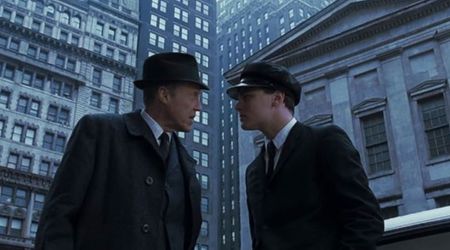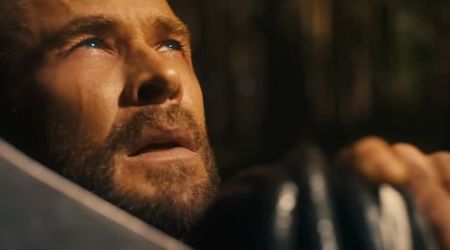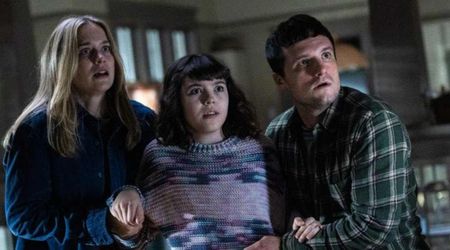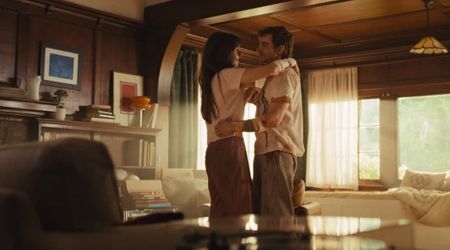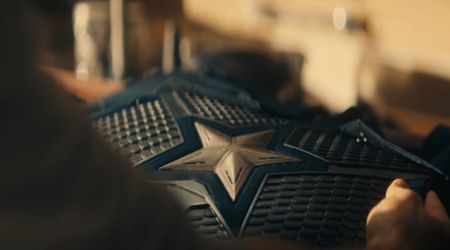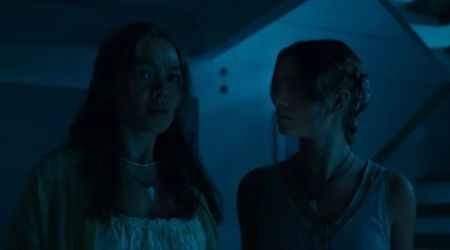The terrifying story behind the legend of La Llorona, the woman who drowned her own children in a jealous rage

Folk tales across cultures discuss incredible feats by people or talk about terrifying things that will kill you if you aren't careful. When it comes to the folklore of countries which talk about demons or other supernatural entities that kill children, one spirit stands out - La Llorona. This holds true especially because she just had her own feature-length film released in The Conjuring universe. Although the film itself, 'The Curse of La Llorona', did not get much critical acclaim, the story behind it is quite fascinating.
In Mexican folklore, La Llorona is described as being the spirit of a woman who drowned her children and is left crying for eternity in her hunt for them. She is said to more often than not, cause misfortune to those who are close to her or to those who hear her weeping. La Llorona, who is also known as The Weeping Woman and The Wailer, is not very well-known outside of Latin American populations.

There are countless versions of this 500-year-old story but the most well-known one begins with a beautiful young woman called Maria. Her beauty was rivaled only by her vanity but she came from a poor village. Maria used her extremely good looks to charm and marry a wealthy rancher who was passing through her village one day.
The couple had two children together and everything seemed to be going fine for them. The rancher's parents are believed to have disapproved of their union because he was marrying into poverty but he didn't care. A few years later, the rancher started traveling more frequently than before and started spending less and less time with his family. Whenever he was at home, however, it is said that he only gave the children attention but completely ignored Maria.
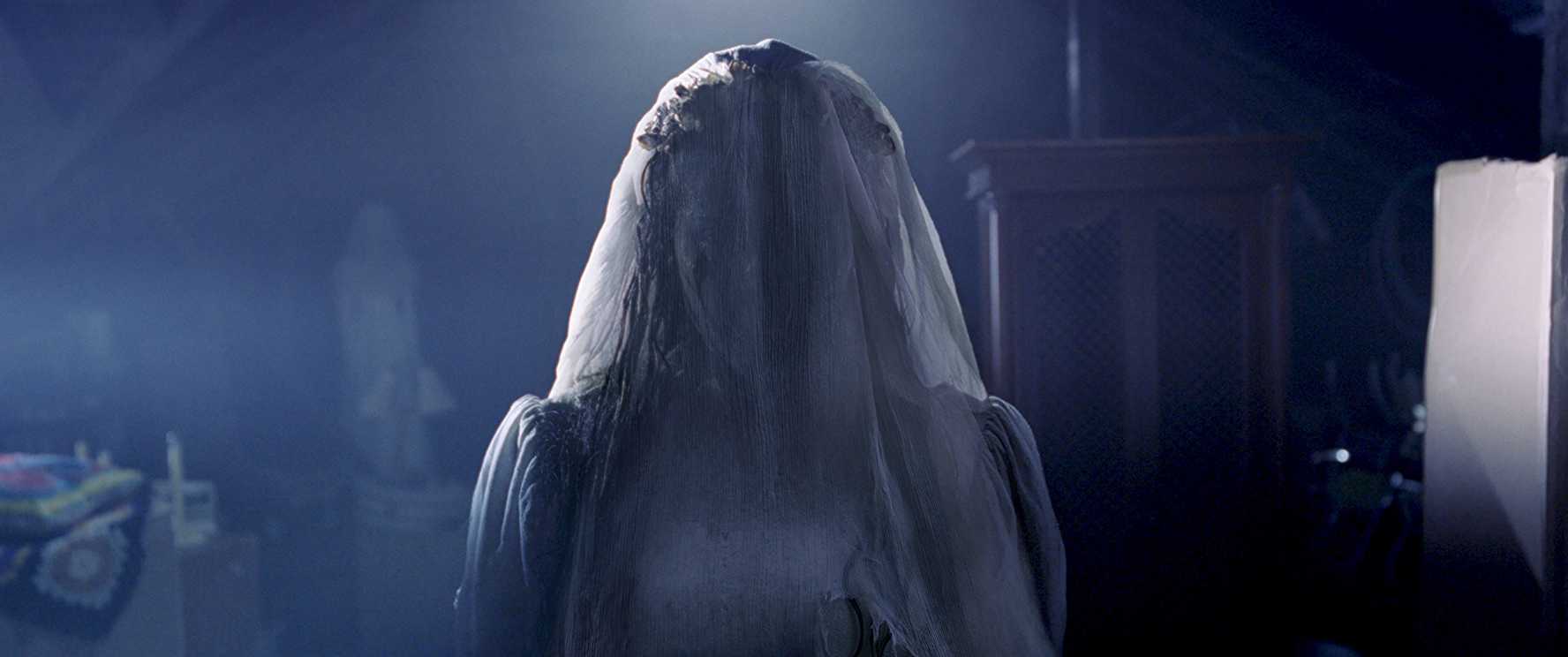
One day while she and the children were walking along the banks of a nearby river, Maria saw her husband with another woman, who appeared to be wealthy. Seeing them together filled her with an immense amount of rage and she threw their children into the river.
When the kids disappeared under the water, however, Maria is instantly filled with regret and started running along the riverbank with her arms outstretched in a desperate attempt to get them back. Maria became inconsolable and then drowned herself in the same river. Her body washed up along the riverbank and the villagers buried her. The night of the burial, the villagers lay awake in their beds as they heard the continuous sound of a woman wailing by the river. They knew it was Maria because she kept saying: "Where are my children?"

Tales of a woman dressed in a long white robe, just like the one that Maria was buried in, walking up and down the riverbank looking for her children gave her the name of La Llorona. It is said that she can still be seen close to rivers, oceans, and other bodies of water at night. As the supposed real story evolved into a legend, La Llorona became a woman who kidnapped children who resembled her own dead children or those who disobeyed their parents.
She has since morphed into more of a banshee, dooming anyone who hears her blood-curdling wails. The story has some of its roots in Greek mythology. After Hera, the Queen of the Gods discovered her husband Zeus was having an affair with demonic demigoddess Lamia, the furious queen forced the mistress to eat her own children. Lamia, since then wanders the Earth and apparently eats any child that she can catch. Another story is of Medea who had two children with Jason the Argonaut and how she killed the children after Jason left her for another woman.

At the end of the day, it is the story of La Llorona that has continued to terrify generations of children in Latin America. They are all warned by their parents that if they ever misbehave, La Llorona will kidnap them and eat them, or that if they go out after dark they will see her. Many adults even to this day who grew up listening to these stories say that they believe in La Llorona.
The story by itself has taken so many different turns over the centuries that it is hard to recognize what the original is. As of now, there is no credible source or evidence to the story of Maria and her wrath that inspired the legend of La Llorona.

